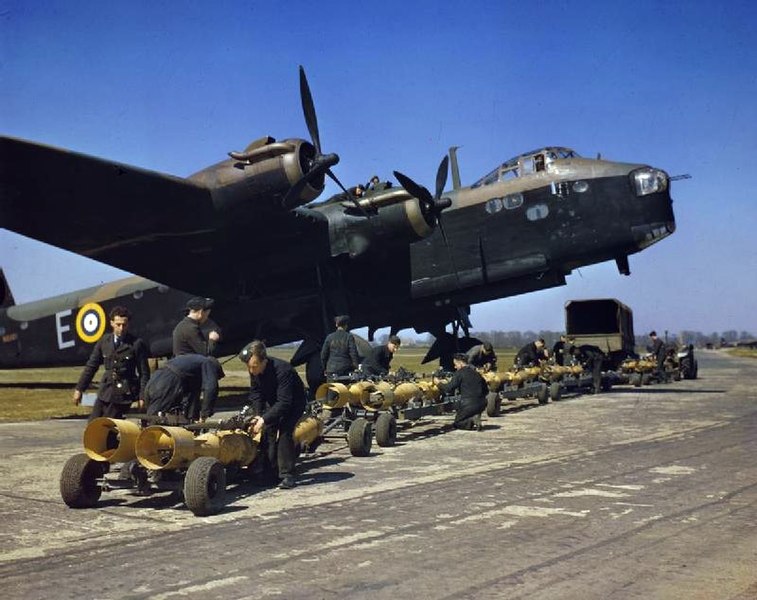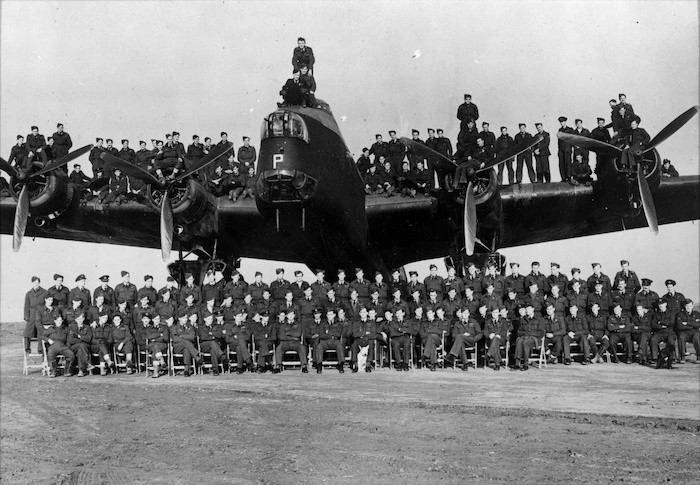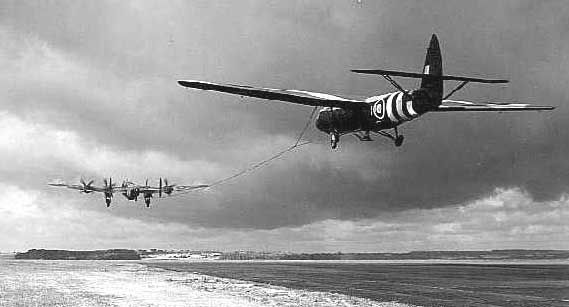Research
Research
Research
Aircraft of Bomber Command – the Short Stirling
The Short Stirling was first of the RAF’s heavy bombers – the four-engined trio of Halifax, Stirling and Lancaster – to enter service.
Unlike its counterparts, the Stirling was intended from the outset to take four engines. It was designed by Short Brothers in the late 1930s in response to the Air Ministry’s Specification B.12/36, which called for a modern four-engined bomber.

A staged publicity photo of Stirling (N6101) being “armed” at No 1561 HCU, Waterbeach, Cambridgeshire
(Note the lack of squadron markings). N6101 was one of the first Stirling built by Short and Harland at Belfast.
(Credit: Unknown)
Prior to this, the RAF had been primarily interested in developing increasingly capable twin-engined bombers, such as the Wellington. Both the Handley-Page Halifax and Avro Lancaster had their origins in twin-engined designs. But the Air Ministry had been persuaded to investigate a prospective four-engined bomber and Shorts were successful.
The first production Siirling left Short’s Rochester factory in August 1940 for delivery to No.7 Sq. However, it was not until January that the Stirling attained operational status. On the night of 10/11 February 1941, the first operational combat mission was performed, flown by the first three Stirlings, against fuel storage tanks at Vlaardingen near Rotterdam, in the Netherlands.
By the end of 1941, more than 150 Stirlings had been completed with three squadrons now equipped with them.
Early Stirlings carried a crew of eight, comprising of the pilot and co-pilot, navigator/bomb-aimer, wireless/radio operator, three air-gunners and a flight engineer. On later aircraft the position of the second pilot was removed.
The Stirling has a special place in New Zealand’s history with Bomber Command. Towards the end of 1942, No 75 (NZ) Sq converted to Stirlings and thereafter made a significant contribution to, amongst other oprations, the Battle of the Ruhr, the devastation of Hamburg, and the famous raid against the German V-weapon experimental station at Peenemunde.

Group portrait of C Flight, No. 75 (NZ) Squadron, Royal Air Force, with a Short Stirling bomber aeroplane, in 1943.
(Credit: Lee Martin Family: Photograph of Agnes M Buckley and photographs relating to the Royal New Zealand Air Force during World War II. Ref: PAColl-0551-2. Alexander Turnbull Library, Wellington, New Zealand).
By 1943, 12 squadrons had been equipped with Stirlings, but the aircraft was to have a relatively brief, albeit vital operational career as a bomber, being surpassed by the more capable Halifax and Lancaster. These were faster, with a greater range, higher altitude capability and could carry a larger bomb-load.
With their introduction to most main force and pathfinder squadrons by the end of 1943, the Stirling quickly became the poor relation, at least for RAF strategists, primarily because of its performance and higher attrition rate.
Despite its perceived performance shortcomings, relative to the other heavies, pilots praised the Stirling for its ability to out-turn enemy night fighters and its favourable handling characteristics, although the altitude ceiling was often a subject of criticism.
Any shortcomings are largely forgiven in pilot autobiographies. Accounts generally report that, once airborne, the Short Stirling was a delight to fly, surprisingly manoeuvrable for such a large aircraft and without any vices. Many considered it “more manoeuvrable and responsive than any other aircraft in its class”.
The Stirling did, however, exhibit some vicious characteristics during take-off and landings, requiring specific training.
For a crew in distress, the Stirling’s roomier dimensions allowed better egress in an emergency, particularly compared with the Lancaster.
During its later service, the Stirling was used for second-line duties and more lightly defended targets in France during the lead-up to D-Day. The last bombing sortie was undertaken by 149 Sq. against Le Havre in September 1944.
Stirling towing a Horsa glider in preparation for D-Day.
(Credit: Unknown)
Stirlings were also used for mining German ports and new and converted aircraft flew as glider tugs and paratrooper transport, notably for D-Day and as supply aircraft in support of the Allied invasion of Europe through 1944–1945.
In total 2369 Strirlings were produced. Sadly no intact examples remain.
September 28, 2024
